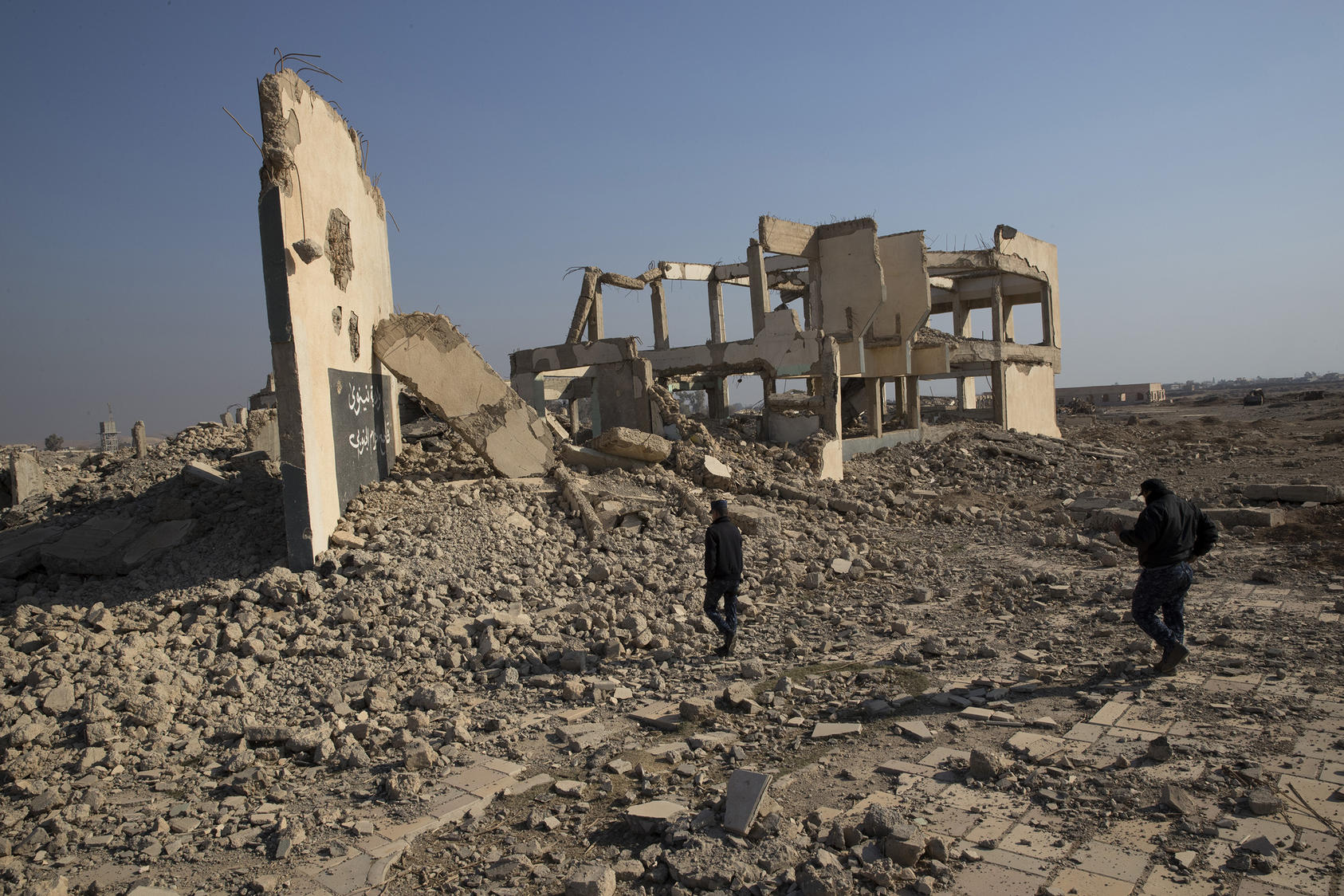Factors of Fragility Evolve, Challenging the International Community’s Ability to Respond
Violence is increasing worldwide both as a symptom and a cause of fragility. Experts in a recent discussion of a report from the Organization for Economic Cooperation and Development (OECD) said aid policies need to consider the complex nature of that violence—both political and social violence—and also look at the underlying obstacles to managing, absorbing or mitigating threats to peace. The speakers, meeting at the U.S. Institute of Peace, examined the ramifications for the aid community and others trying to address the burgeoning problem of fragility, when a state is weakened because its government is either unable or unwilling to meet the needs of its citizens.

Political violence has affected 53 countries in the past 15 years, according to the OECD report, States of Fragility 2016, released in November on the sidelines of an intergovernmental meeting in Nairobi, Kenya. By 2030, more than 60 percent of the world’s poor will be living in fragile conditions. The OECD report particularly underlines the role of various types of violence in creating and sustaining fragility. Although conflict violence is an enduring threat to peace and development, other kinds of violence are also pervasive and caused by shifting factors. For example, nine out of 10 violent deaths around the world are homicides. “Most lethal violence occurs in the form of interpersonal violence, outside of conflict settings and away from international attention,” the OECD reported. Criminal networks increasingly feed on economic shocks and weak rule of law and governmental institutions.
“Most lethal violence occurs in the form of interpersonal violence, outside of conflict settings and away from international attention.” -- Organization for Economic Cooperation and Development
Overall, violence is increasingly driven by domestic political instability like local power struggles, according to the OECD. The same perpetrator may conduct political violence for religious, ideological, ethnic or other reasons and also might commit criminal violence motivated by economic or other factors.
These shifting local undercurrents and power dynamics mean responses to violence must evolve too, according to the OECD, an inter-governmental organization that aims to promote policies to improve economic and social well-being. Aid can play a critical role in mitigating a range of types of violence by addressing the underlying causes and ensuring that, since the victims of violence are ordinary citizens, any assistance provided is designed with them in mind.
Although prevention can be expensive, the cost of violence is “staggering,” according to the OECD report. It cited an estimate by the Institute of Economics and Peace that the global economy lost $13.6 trillion to violence in 2015, the equivalent of 13.6 percent of global GDP or $1,876 for every person in the world. And that doesn’t account for the emotional and mental toll for victims and the societies at large.
Additionally, while violence is a significant feature of fragile conditions, violence itself cannot accurately capture the degree or nature of fragility. So the OECD delineates five overarching dimensions of fragility: societal, political, economic, environmental and security.
Adapting Aid as Conditions Shift
Participants in the Jan. 24 USIP meeting, co-hosted with the OECD under the “Chatham House Rule,” which keeps the identity of specific speakers and participants confidential, wrestled with how to make aid more effective. The meeting included representatives from government, non-governmental organizations, academia and think tanks, and was the latest in a series of discussions that USIP has conducted since convening its Fragility Study Group in January 2016. The group released its study, “U.S. Leadership and the Challenge of State Fragility,” in September.
Aid policies focused on preventing or reducing violence tend to be distinct from those focused on increasing resiliency—the ability to resist or withstand societal shocks—or improving the state-society relationship. Participants noted that resilience varies even within fragile states. One said that it might be more effective to identify a society’s strengths and build on those.
Some speakers favored focusing more attention on mending the social contract between a government and its citizens and supporting state legitimacy. Helping both sides improve accountability has been shown to drastically improve government delivery of social services, even though success is difficult to quantify, they said. Such people-to-people approaches can address the state-society links at multiple points—in local government, among community groups and at the state level.
Another problem with donor policies is that too much aid is limited to distribution during emergencies. Vulnerable states often receive only enough assistance to resolve the emergency before the support ends, even though the factors that led to the emergency—and the underlying inability to cope—remain. Donors too often offer aid based on political decisions and priorities rather than based on genuine degree and type of need, participants said.
Aid professionals often struggle to demonstrate that assistance is worth the cost when effective violence prevention requires a long-term view and complex work on multiple issues at once. Participants said it is necessary to demonstrate success more often and more concretely to help justify and illustrate how to craft effective policies and practices in the future.